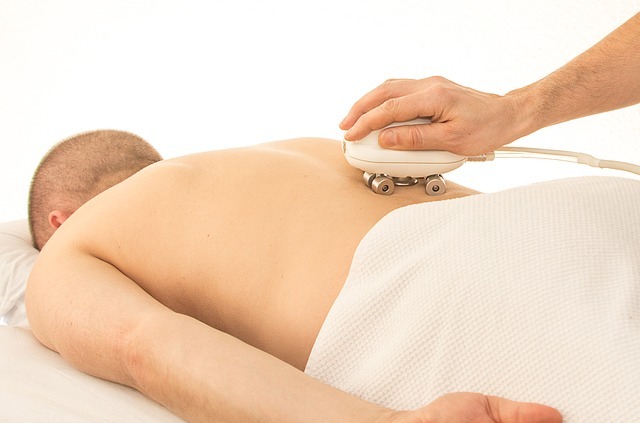
Stimwave Technologies, a privately-held wireless medical device company, has announced the completion of patient enrolment and preliminary results of the Tsunami study.
Stimwave said that the study marks the first ever placebo-controlled double-blind RCT in the chronic pain relief neuromodulation industry.
In addition, it is the first study to evaluate the high frequency waveform delivery acting on sensory fibres at the dorsal root ganglion (DRG) and dorsal horn portions of the dorsal column.
Stimwave chief medical officer Andrea Trescot said: “This study, when complete, will be a monumental step-up for evidence-driven medicine in the rapidly growing field of neuromodulation. Every other industry is expected to show efficacy through sham and placebo-controlled studies; the Tsunami study is growing the evidence that single stage, wireless neurostimulators can offer more options to more pain patients.”
Tsunami study is a placebo-controlled double-blind Randomized Clinical Trial (RCT)
The company has completed the enrolment for Tsunami study, with 50 chronic low back pain subjects, who gone through a small procedure with a one-stage implant. The electrodes are placed at the T9 level and the exiting nerve root using a novel technique.
The enrolled patients are randomised to either active therapy or sham and implanted without general anaesthesia.
Under the study, the patients in the sham arm were not provided with any therapeutic stimulation for at least one month, and were never active at any point while blinded. Sham patients were shifted to the treatment arm when they showed less than 50% pain reduction, after they were unblinded.
The company said that the preliminary results with 38 subjects showed positive outlook for the unique therapy, where 63% of active subjects showed reduction in more than 50% pain.
In addition, only 16% of the sham subjects experienced 50% reduction in pain, which indicates a statistically significant positive result of the therapy.
Anaesthesiologist Bart Billet said: “This double-blind RCT study utilizing subthreshold therapy has shown that wireless high frequency DRG stimulation is statistically superior to sham. The study shows that our transgrade approach was safe and effective, and that stimulating the DRG at T9 was effective in providing back and leg pain relief.
“The patients are doing well and are very pleased with their pain relief and are extremely satisfied with the positive impact the pain relief has on their daily life.”





